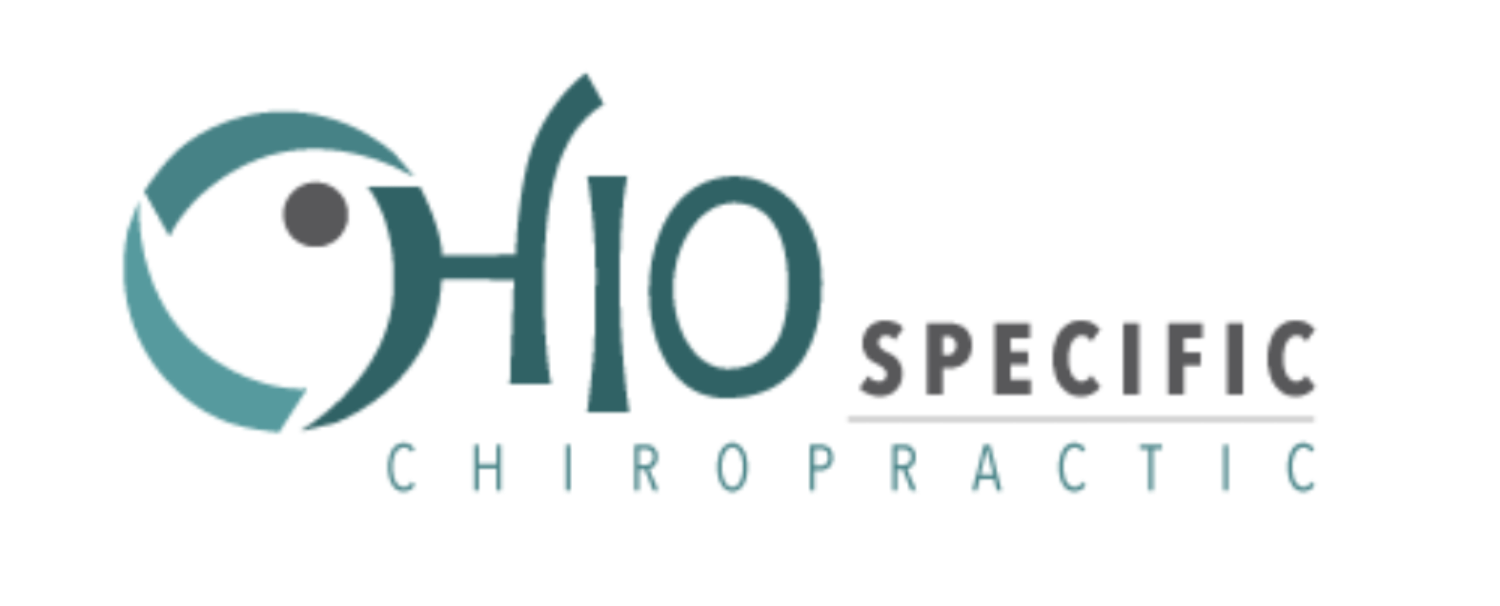Colic and the Upper Cervical Spine
In the upper cervical spine, there are four main structures to focus on. They are:
The Foramen Magnum of the Occipital bone
The Atlas vertebra (1st cervical bone)
The Axis vertebra (2nd cervical bone)
The Brainstem of the Nerve System.
The Brainstem exits from the Foramen Magnum. The Atlas and Axis bones protect and surround the Brainstem. The brainstem connects all the nerves from the brain to the nerves of the body.
Regarding colic, the secondary focus is on four specific nerves. Those nerves are:
The Vagus nerve
The Glossopharyngeal nerve
The Spinal Accessory nerve
Cervical Spinal nerve branches
The Vagus nerve comes out of the skull next to the foramen magnum. It supplies function to a lot of structures, but mainly the neck arteries, the heart, lungs, liver, stomach and the majority of the GI System.
The Glossopharyngeal nerve also leaves the skull with the Vagus Nerve. It supplies function to the tongue, throat, tonsils, and ear.
The Spinal Accessory nerve comes out of the skull with the Vagus and Glossopharyngeal nerve. It supplies function to the large muscles of the neck and shoulders.
Branches from the Cervical Spinal nerves communicate with the Vagus, Glossopharyngeal and Spinal Accessory nerves. The cervical spinal nerve branches share in the relay of information between the brain and body.
The Nerve System in general does four main things:
It controls all the movements we make
Senses everything we feel
Regulates all our body organs
Relates us to the outside world
When nerves get stressed, it effects their sensitivity, perception and behavior. There are three types of stresses we deal with in life. The stresses are physical, chemical and emotional in nature. These stresses create nerve tension and spine imbalance.
One specific job of the brainstem is to adapt these stresses and help bring the spine back into balance. Compensations arise if the stresses are too great for the brainstem to adapt. One particular compensation that occurs in the upper cervical spine is a vertebral subluxation.
A vertebral subluxation will cause the Atlas and Axis bones to get locked in a misaligned position. This lock will perpetuate spine imbalance and Nerve System tension. This tension will lead to abnormal sensitivity, perception and behavior of the brainstem and surrounding nerves. Nerve System function is disrupted.
Over time, this disruption can lead to symptoms. The usual symptoms of colic are:
Fussiness
Irritability
Crying
Difficulty breastfeeding
Reflux or spitting up after feeding
Abdominal pain
Gas
Distention
Burping
Constipation
Diarrhea




